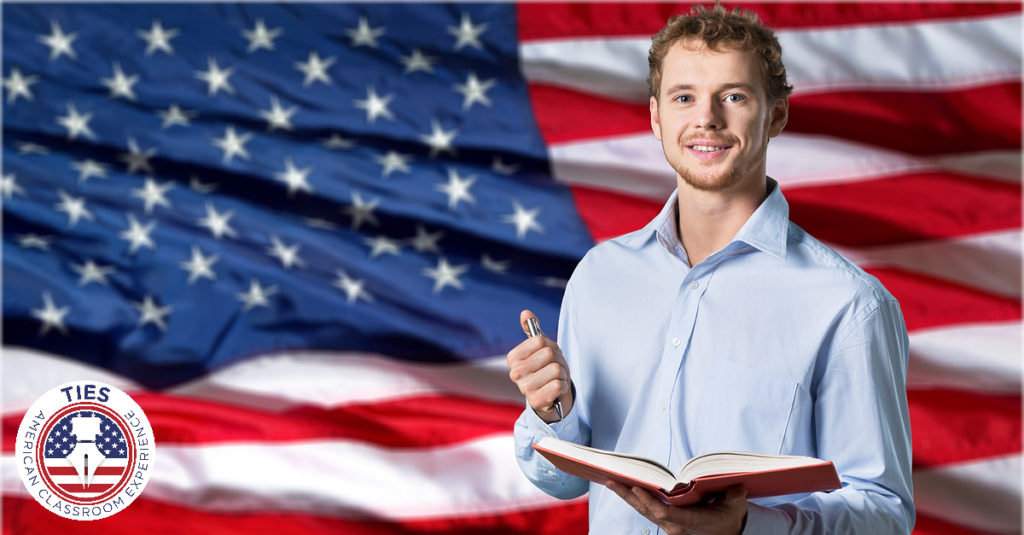
September 9, 2017
Teaching in the US
Even though the U.S. is currently looking for highly qualified International teachers, that doesn’t mean that it’s simple to get a job teaching in the United States. Part of that has to do with the stringent requirements established by the U.S. government, and part of that has to do with the peculiarities of the American classroom experience. Let’s look at both of these factors in greater detail.
The U.S. State Department, which coordinates a popular work visa program for foreign teachers coming to America, lists seven different criteria that must be met before you can teach at a U.S. school. First and most importantly, you must have a teaching certification or license in your home country and meet all qualifications for teaching in that country. Secondly, you must be working as a teacher at the time of your application — so you can’t “come out of retirement” to land a teaching gig in America. You must also have a university degree that’s equivalent to a four-year bachelor’s degree in the United States, and you must have at least a minimum of 24 months of relevant teaching experience.
Those are just the federal requirements, though. There are also the state, or local, requirements that you must meet. These can differ among all 50 states, as they are free to make minor tweaks to their teaching requirements to reflect their own specific needs. So, you might meet all the qualifications to teach in California – but not in Texas. It varies on a state-by- state basis.
You must also demonstrate English language proficiency, which is natural enough, given that you’ll be teaching to American students (even if many of them only speak English as a second language). Finally, you must pass a background check to make sure you are “of good reputation and character.”
But it’s the American classroom experience that’s perhaps the most daunting. One big focus now is the “Common Core” and a related concept — “teaching to the core.” That means your teaching style must adapt to specific curriculum components — you’re not free to teach a subject the way you might prefer. Secondly, there’s a tremendous focus now in American schools on “interdisciplinary” teaching. This means that you are not expected to use concepts from several different fields within your teaching, so that a class is no longer “just” a math class or a science class but also pulls in ideas from a discipline like “social studies.”
Finally, Americans place a tremendous amount of emphasis on creativity, innovation and educational enrichment. This is often very different from the experience abroad, where questions often have very specific answers, and there is a clear “right” and “wrong” in any response. The U.S. system places a much greater emphasis on a more holistic classroom experience.
That being said, many foreign teachers – even if they are qualified at home and have plenty of classroom teaching experience – often require help in navigating the U.S. education system. American schools pride themselves on “getting the right fit,” and that requires foreign teaching candidates to present their background, skills and experiences in a way that will be most attractive to U.S. schools.
The good news is that TIES Academy prepares and trains International teachers based on U.S. education system in such a way that the schools acknowledge these teachers as best fit for them. This turns out to be a “win-win” situation, in which American schools are able to overcome their teacher shortage, while foreign teachers are able to leverage their skills and experiences in exactly those disciplines where they are most able to help.
